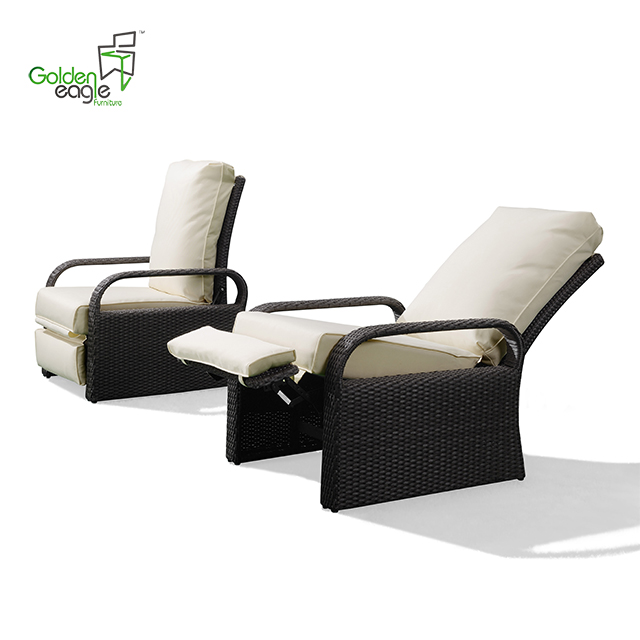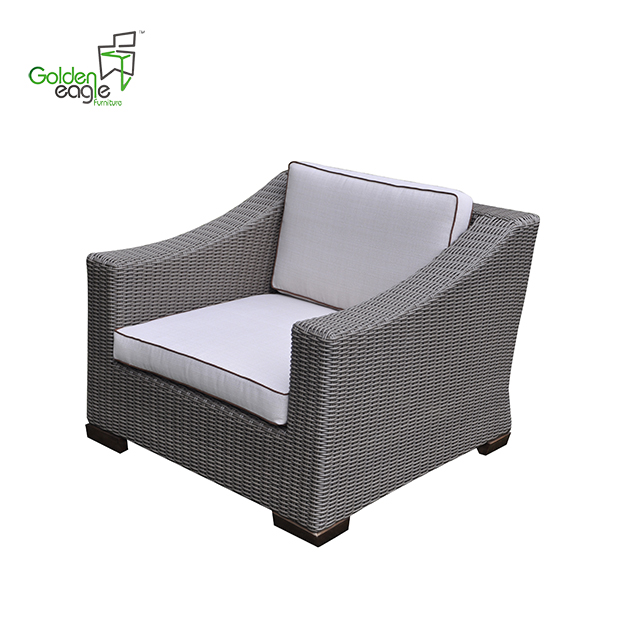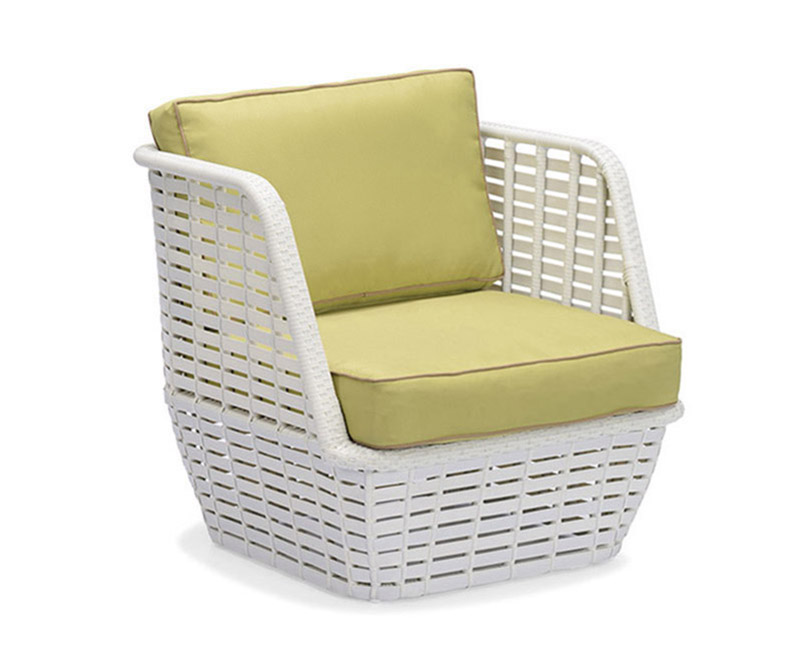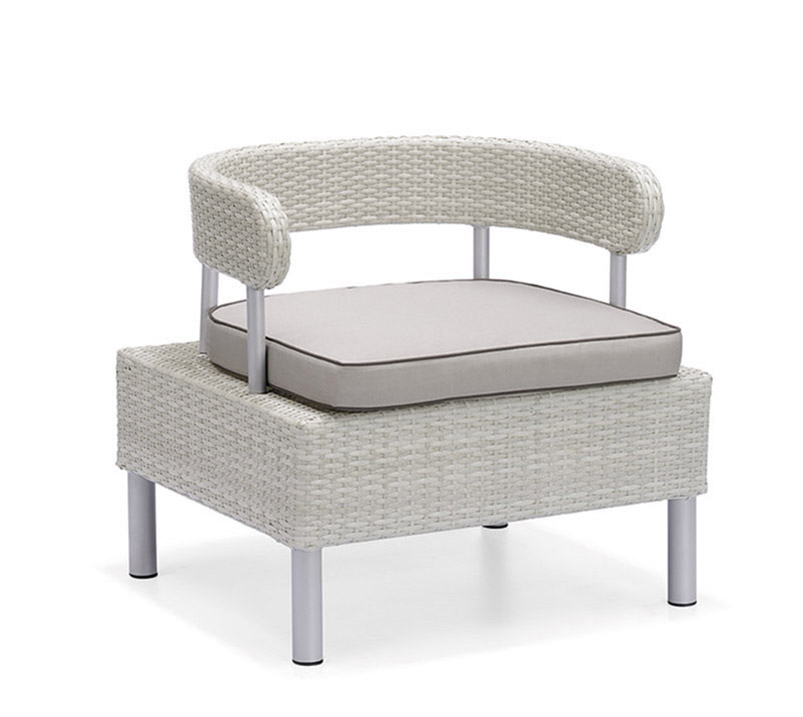Flint, which provided the latter with easy access to several large businesses that were originally Sikhbai. Rotary heat-curable inks are basically controlled by Toyo Ink, Flint is engaged in thermosetting and cold-fixed inks, and Gaos specializes in cold-setting inks. The monopoly of the ink business has made it difficult for companies trying to enter the industry. Although there are many opportunities in the sheet-fed and rotating market, ink suppliers must meet stringent quality requirements and ensure that they gain a substantial market share to maintain business. â€
Radja said: "Last year saw a change in sales channels, Hostmann Steinberg moved from CPI to Ferag, Ferag invested heavily in building a foundation network to support the ink business, including hiring a large number of employees transferred from the East. CPI finally found for Hostmann Steinberg A replacement for the family, although CPI has always cooperated with Hartmann and other Japanese products, it was not very successful. Most sheetfed inks are directly imported by distributors or ink companies themselves."
Radja said: "The trend is to increase the degree of automation, online color matching and prepress color matching are standard operations, several fully automatic computer 10/12 color sheet printers are installed, and many cap devices are installed. In the web offset printing market, Some thermal and cold-curing ink presses were installed before and after Drupa."
The economic growth and improvement of living standards have driven the printing demand in the Asia-Pacific region.
Tanemura pointed out that the rising living standards of Asian countries, especially the populous countries China and India, have led to significant growth in the printing industry. He said: "The increase in exports led by China has also boosted the demand for printing inks."
Radja believes that there are three factors driving the growth of the printing ink market: strong demand for packaging, print media growth and GDP and economic growth.
The population of China and India is 130 million and 110 million respectively. With the increase of literacy rate, the volume of print media business has increased. Radja said: “The literacy rate has been growing at a surprising rate, although there is still a long way to go. Due to the large absolute number of people, more and more people will use print media, and the number of readers and print media is fast. increase."
Radja pointed out that India has 5,600 daily newspapers, 15,000 weekly newspapers, and 20,000 periodicals, involving 21 languages ​​and a total circulation of 142 million. “There are almost 325 languages ​​spoken in India, of which 18 are official languages ​​and 1600 are dialects.â€
Mr. Radja said: "GDP growth has created favorable conditions for the printing industry and the printing ink industry under the growth of the packaging industry. The fast-moving consumer goods industry (FCMG) has increased advertising spending. The demand for expanding population coverage has increased the page size of newspapers."
Growth opportunities
For ink manufacturers, there are opportunities in the packaging and publishing industry, especially in China. Recent data shows that China's printing industry has maintained an annual growth rate of 10% since 1999. The packaging industry is expected to reach US$100 billion in sales in 2005, continuing a rapid growth of 10%. News readings have grown. In 2005, 2.5 million tons of newsprint were needed. The requirement for schools to uniformly replace the color printing textbooks will boost the demand for ink.
Leong said: “In China, the growth of the printing ink industry is driven by the development of the packaging and publishing industry. China’s accession to the WTO has enabled exports to continue to grow, which has had a positive impact on the packaging industry. The growth of the publishing industry is mainly attributed to the increase in the general population literacy rate. And the urbanization of rural population. The growth rate of China's packaging industry last year was 11%-12%."
Tanemura said: “The Chinese economy has continued to grow in 2004, and the printing and printing ink market has expanded by about 11%. However, due to rising crude oil prices and intensified competition, the profits of the printing ink industry have substantially decreased in the second half of last year.â€
Sawada pointed out that China is the fourth largest printing ink producer, ranking behind the United States, Japan, and Germany. Sawada said: “The production of printing inks, especially rotary inks including newspaper inks, has grown significantly. Gravure inks, such as flexible packaging inks, have also shown an upward trend.†Packaging printing and flexible packaging, including corrugated cardboard, have seen the largest increase.
The printing industry in the Asia-Pacific region continues to grow, and this area is full of opportunities for ink manufacturers.
Environmental constraints
Although not as stringent as Europe and the United States, the Asia-Pacific region has also begun to face increasingly pressing constraints on environmental protection.
Tanemura said: “The environmental regulations for factory emissions have become increasingly severe in this area, but the standards for printing inks, VOC control is not so strict, with the exception of Japan and Australia.
Global companies such as Nestle and Procter & Gamble require their printers to comply with their standards, so the demand for benzene-free and butanone-free inks for packaging and tobacco printing continues to increase. â€
Sawada also said, "In the printing industry, they require environmentally friendly inks such as benzene-free, butanone-free gravure inks,"
Leong said: “The Asian region, especially China, has been paying more attention to environmental issues in the past few years because of the 2008 Beijing Olympics. We expect this trend to continue, and more and more customers are asking us about environmentally friendly inks. Publishing printing and packaging markets."
Lounge chairs Furniture
Lounge chairs furniture that means single chair, with rattan weaving design or aluminium frame design, lounge chair and make 1+1+1 set or L sectional sofa seating set. You can decorate your garden or home in many different ways.
Handwoven premium resin wicker UV resistant
Rust-resistant powder-coated frames
Cushions included with 30 density sofa foam
Versatile tempered glass tables
Cushions also available with 100% waterproof fabric.
outdoor lounge chairs furniture with different style and hand weaving
If you have any questions, please contact with us directly. Outdoor Sofa Furniture are produced
by Golden Eagle Outdoor Furniture With High Quality and Good Appearance. Welcome you can visit our Factory.For any inquiry,Please send mail directly to us.




Lounge Chairs Furniture,Modern Outdoor Furniture,Timber Outdoor Furniture,Wicker Outdoor Furniture
Golden Eagle Outdoor Furniture Co., LTD. , https://www.gebarset.com